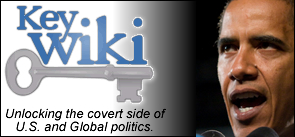Why Depend On Only One Source For Modeling AI In Healthcare?
By: Denise Simon | Mind Matters News We may be missing many of the ways AI can help us....
Read MoreBy: Denise Simon | Mind Matters News We may be missing many of the ways AI can help us....
Read MoreBy: Denise Simon | Founders Code Having just interviewed for a radio segment, Joel Griffith, an...
Read MoreBy: Cliff Kincaid With food shortages looming, President Trump is moving to reopen the U.S....
Read More
My beloved husband,
GARRY HAMILTON,
passed away
on September 24th, 2022.
I will love you always.

